Maternity Waiting Village
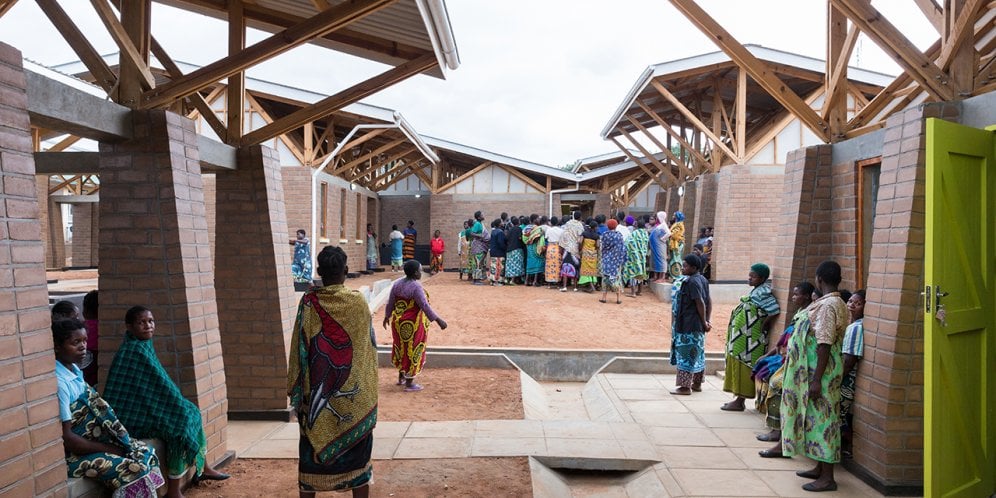
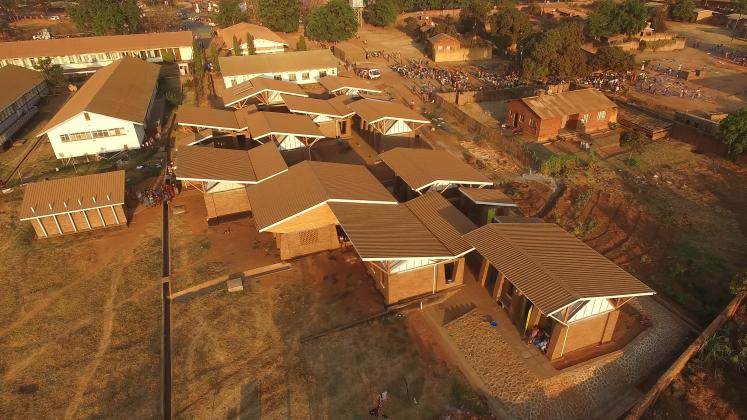


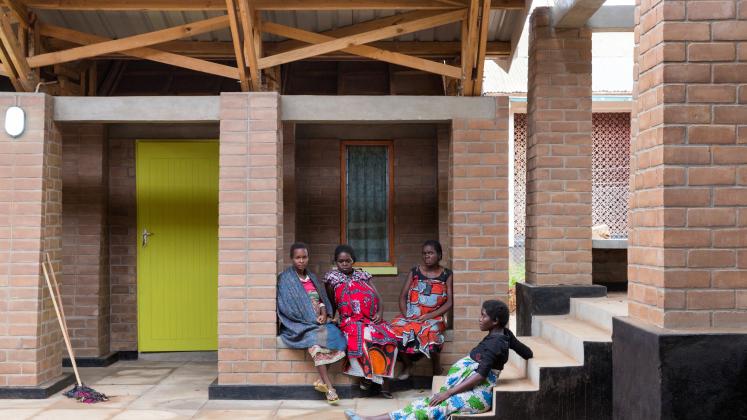
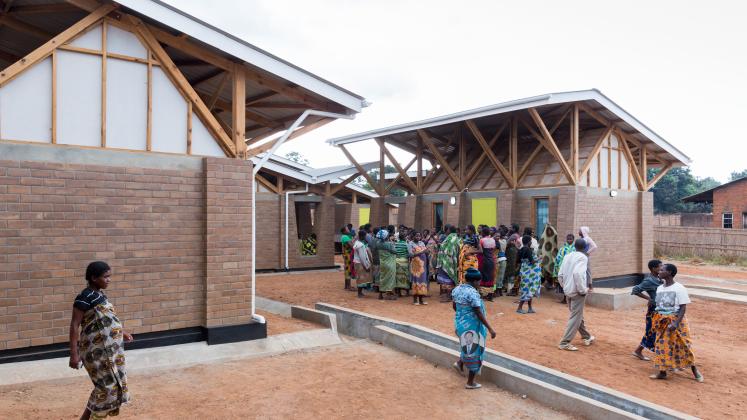

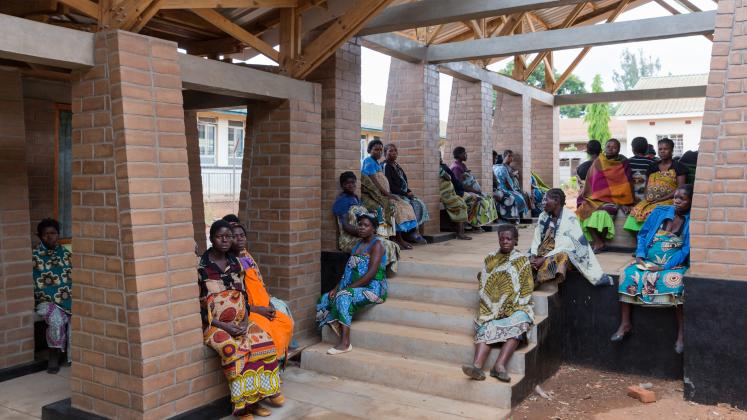
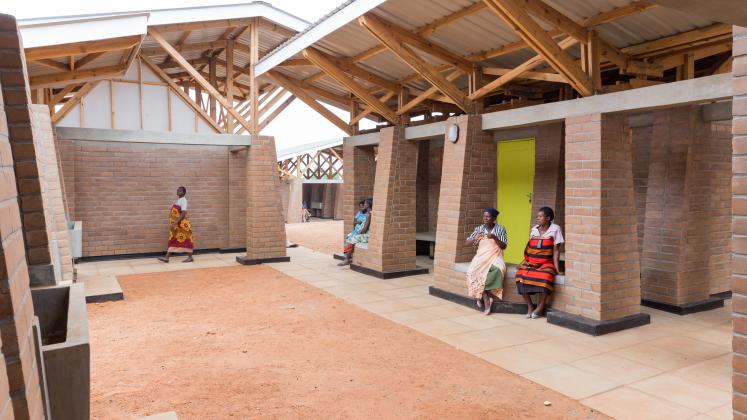
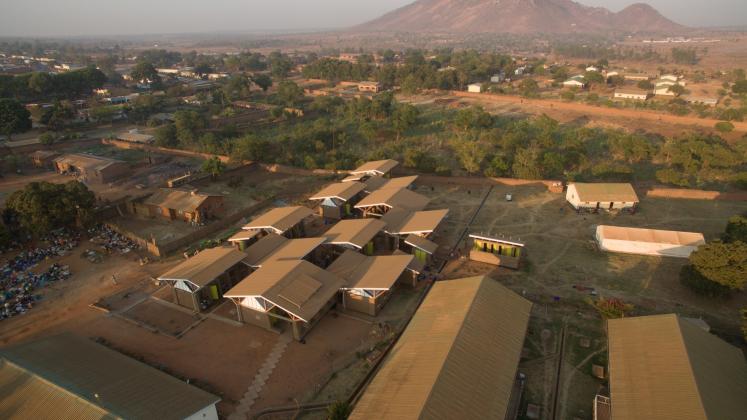
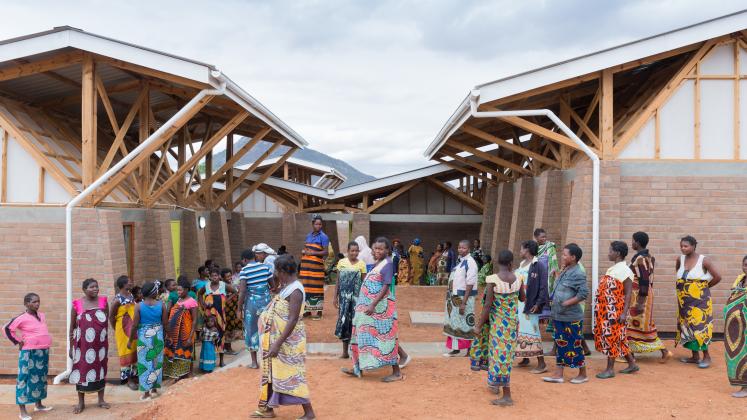
Kasungu, Kasungu District, Malawi
Maternal mortality due to complications during childbirth remains a major global problem. In 2010 in Malawi, about one in thirty-six women had a lifetime risk of dying during pregnancy or delivery, largely from preventable causes. Maternal waiting homes have been used to increase access to skilled professionals located adjacent to health centers. These facilities provide a monitored space for expectant mothers starting from their thirty-sixth week until their delivery. The president of Malawi initiated an effort in 2012 to build 130 such facilities across the country.
The University of North Carolina Project-Malawi had been supporting a hospital in Kasungu, Malawi. As part of their partnership with the ministry, the initiative committed to building two new homes and invited MASS to partner in the country.
The existing prototype was a single-room, barrack-like structure that did not provide adequate daylight, ventilation, or sanitation. Additionally, it could not accommodate patient attendants who traveled with the mothers, and its lack of programming failed to provide prenatal and daily living care. As a result, many women were leaving and going back to their own homes, rather than completing their pregnancy at the facility.
MASS worked with doctors, nurses, and expectant mothers at the Kasungu facility to propose a new prototype: the Maternity Waiting Village. The new design broke the singular block concept of the existing prototype into a series of smaller compounds clustered around small courtyards. This plan borrowed design cues from the vernacular layout of Malawian villages, where family compounds are composed of several small buildings housing branches of an immediate family. The smaller-sized housing blocks create communities that encourage knowledge sharing between experienced and first-time mothers.
To accommodate outdoor activity during both rainy and dry seasons, large roof overhangs provide shade and shelter to the village’s courtyards, where mothers can gather and socialize. These spaces were also designed to accommodate family members and attendants who travel with expectant mothers. Dedicated education areas support workshops around pre- and postnatal care and handicraft trainings to help mothers earn income while away from home, making up for the wage loss that is a significant impediment to widespread use of maternity waiting facilities. The shared spaces have become centers of activity and learning.
Optimized for daylighting and natural ventilation, each sleeping unit is designed to reduce the risk of infectious diseases spreading and provides privacy and comfort. Compressed stabilized earth block walls absorb solar rays during the day and radiate heat during the colder nights.
Designed around replicable modules built of locally sourced materials, the new prototype is more readily scalable and adaptable to other sites. Post-occupancy studies have shown that this new village prototype has been more comfortable and felt safer for expectant mothers.
Project Details
-13.035679, 33.471983
Location: Kasungu, Malawi
Year: 2015
Status: Completed
Size: 670 sq. m.
Program: Prototype housing model for expectant mothers pre-delivery.
Services: Community Engagement, Architectural Design, Construction Administration, On-site Training
Clients:
Malawi Ministry of Health
The Presidential Initiative for Safe Motherhood
University of North Carolina - Malawi
Partners:
Arup (Tim White)
Mazzetti
Builts Environs Ltd.
The Malawi Ministry of Health
The Presidential Initiative for Safe Motherhood
The Gates Foundation
The Autodesk Foundation
